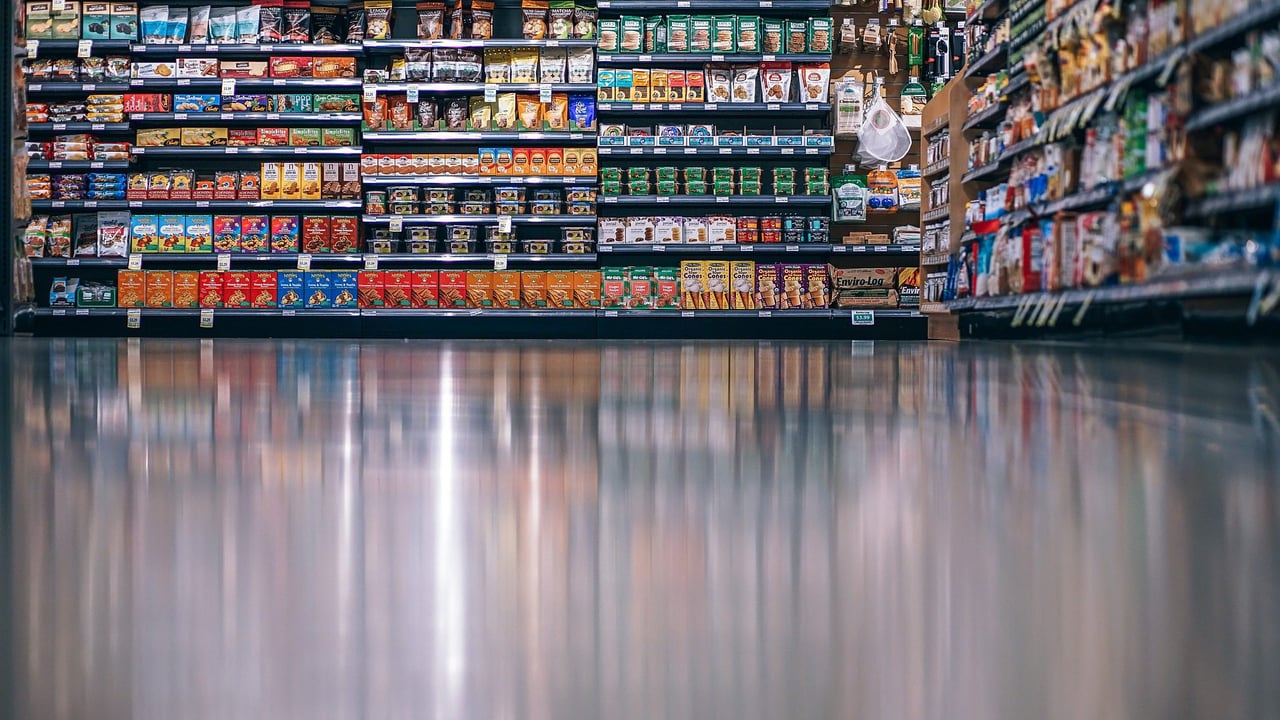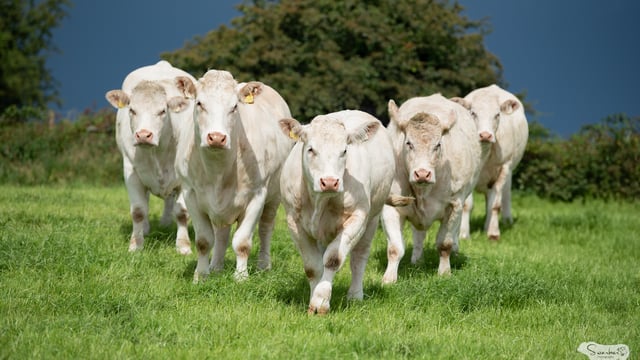Ciaran Fitzgerald: Exposing non-policy on price availability
The current food price inflation debate exposes the superficial non-policy on price availability and sustainability.
Food demand has, first and foremost, nutritional and taste-based requirements.
Therefore, the one-dimensional everyday low price offering promised (but not always delivered) through grocery market dominance, which has been promoted by governments across the EU (including our own since 2006), has been at odds with the highly regulated, natural-based, quality driven, healthy and safe food offering aspired to by the same governments.
This disconnect does not stop governments or even media, who eulogise the dominant buying power of supermarkets, from railing against the 'food industry' over issues like obesity, not to mention the current number one issue of climate change and sustainable food production.
If there is an overall policy theme here, it seems to be that not only are dots not joined or even the trail of breadcrumbs not followed, but that eaten bread is always forgotten.
So, no surprise that over the last three years the Irish agri-food sector, from farm to fork, has not only been lambasted for its environmental and climate impact, but has been dismissed in terms of its substantial contribution to the Irish economy.
The stellar performance of the sector in continuing to operate and export up to 90% of its production to global markets throughout the Covid-19 pandemic was ignored.
At the same time we were force fed a ridiculous and naive mantra promoting the constraining of Irish agricultural output as a planet-saving 'sine qua non'.
What was also crucially missing from this assault on reality-based policy discussion then was any mention of food prices, inflation or costs and how, ultimately, the dynamics of regulatory and economic parameters, not political wish lists, drive the fundamentals of food availability and price.
Over the course of the public debate around food price inflation, there has been no real attempt to explore or expose the disconnect between policy that promotes ever increasing cost increases and regulatory constraints, and the dominant buyer-based retailer policy of loss-leading, below-cost selling and everyday low pricing.
Indeed, sifting through the content of the food price / inflation discourse, it is not just a disconnected, but basic facts and reality that are missing.
- It is food retailers alone that set food prices;
- The key driver of food price levels and price changes is retailer policy on loss-leading and price bundling;
- In most categories of fresh food own-label, retailer brands make up 70% or more of the product on offer, so that the great myth around the introduction of own-label products - that they were introduced to provide savings to consumers - does not stand up to reality;
- Below-cost selling and loss-leading of fruit and vegetables in particular has demolished local supply chains over the last 20 years.
This is an insight into how dominant buying power might hollow out local supply capability missing from competition legislation.
The Irish competition legislation states that predatory pricing or dominant buying power can only be exercised by dominant entities and that none of the Irish supermarkets or discounters are judged to meet the legal definition of dominance.
To me, that’s a bit like insisting that a person who robs a bank can only be prosecuted for bank robbing if they are wearing a stocking over their head and carrying a bag labelled 'swag'.
Another piece missing from the consideration of the dynamics of grocery supply demand and availability is the impact that the dominant buyers exercise in shutting down smaller shops which do not have the range or economic capability to sell below cost.
Perhaps when next there is an announcement about new jobs created by the opening of new supermarket/discounter in rural areas, a list of the smaller shops and suppliers that will be forced to close can be collated also.
An examination of legislation across other EU countries will show that there are planning constraints on supermarkets and discounters in smaller towns and villages.
A more holistic, joined-up approach to the production, marketing, distribution and retailing of Irish food, which includes nutrition, health, safety and taste, in addition to environmental impacts, costs, price and affordability, is urgently required.
The 20th century buying-power-based formula is not fit or sustainable for the 21st century and will continue to hollow out local supply capability.
At the same time, it will not deliver against the multidimensional nutritional and environmental priorities that are fundamental to food production and consumption.
This harsh, dominant-retailer-based reality makes an absolute nonsense of the An Taisce / Green Party, virtue-signalling trope proselytising a doomed policy suggesting every farmer needs to shift away from livestock production to plant-based farming.





